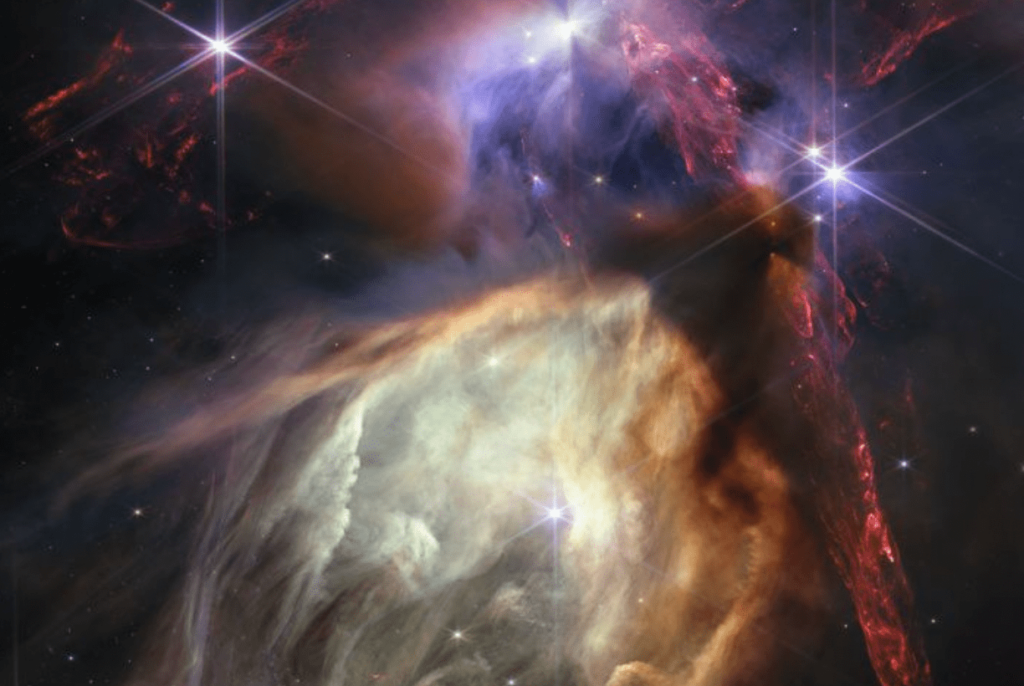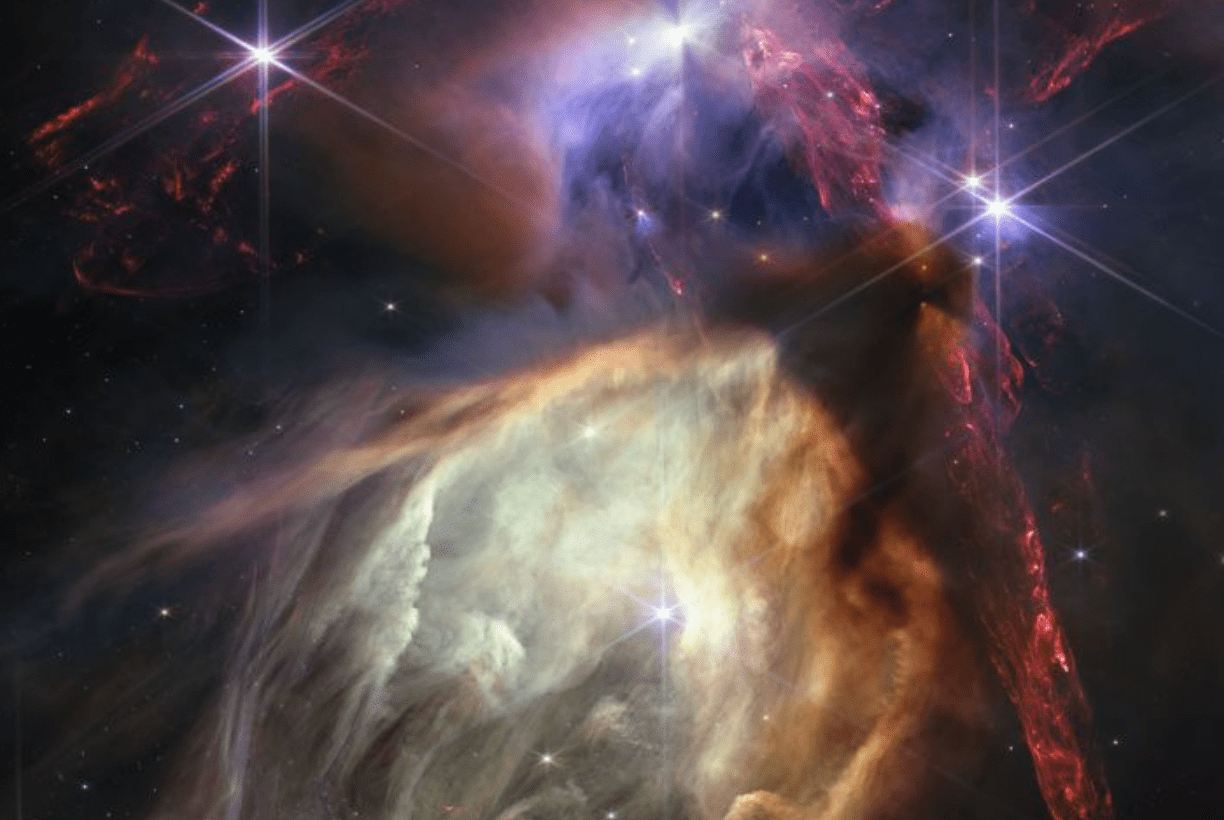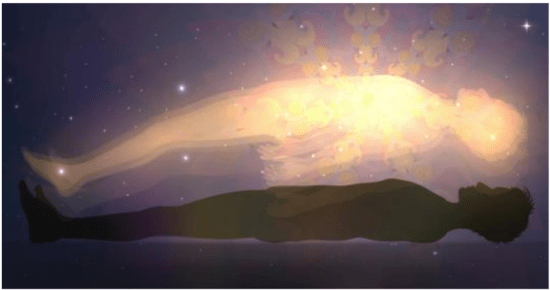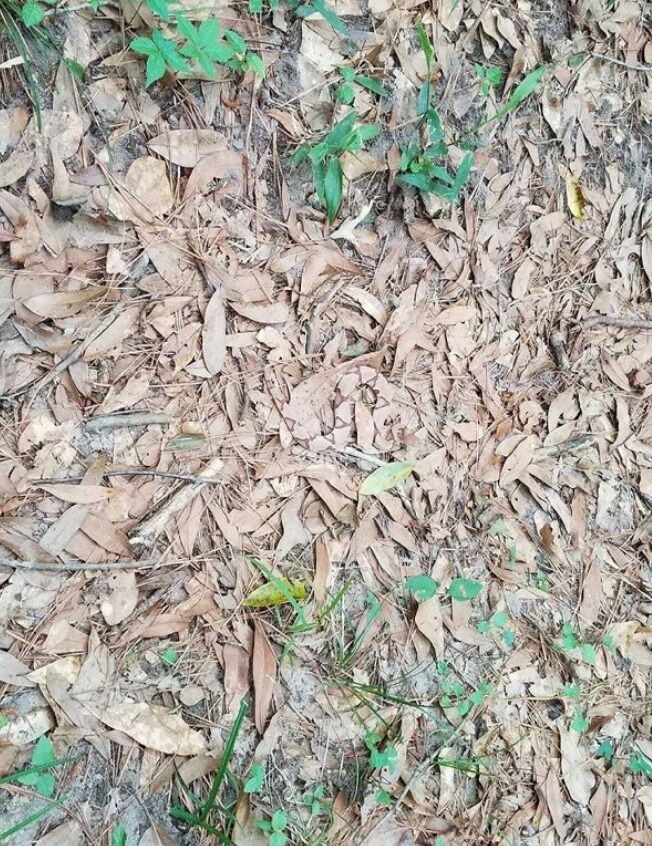The “unprecedented” close-up image of what NASA calls “the nearest star-forming region” to Earth has been made public.
The James Webb Telescope has been sending back images from space for a year, and NASA is marking the event with a spectacular new image.
The organization published a “unprecedented” close-up image of what they refer to as “the nearest star-forming region” to Earth in commemoration of the milestone.

According to a NASA news statement, the picture was captured “in the Rho Ophiuchi cloud complex,” which is situated around 390 light-years away. According to reports, the region is home to 50 young stars, “all of them similar in mass to the Sun, or smaller.”
At the Space Telescope Science Institute in Baltimore, Webb scientist Klaus Pontoppidan said the image “allows us to witness a very brief period in the stellar lifecycle with new clarity.”
Pontoppidan continued, “We now have the technology to view the beginning of another star’s journey. Our own sun endured a phase like this, long ago.
On July 12, 2022, the Webb telescope sent its first photographs from orbit. Since then, spectroscopic tools on the telescope have aided astronomers in understanding the cosmos in greater detail, from confirming the distances “of some of the farthest galaxies ever observed” to finding “the earliest, most distant supermassive black holes.”
According to a news release from NASA, several stars in the most recent Webb telescope image “display tell-tale shadows,” indicating potential planetary systems may be emerging.
Webb program scientist Eric Smith said it is now “clear” that the telescope can explore more than experts had initially predicted. Eric Smith is the associate director for research in the Astrophysics Division at NASA Headquarters.
“Webb’s first year of science has not only taught us new things about the universe, but it has also revealed the telescope’s capabilities to be greater than our expectations, meaning future discoveries will be even more amazing,” Smith said in a statement released on Wednesday.
The telescope, according to NASA Administrator Bill Nelson, has already changed “humanity’s view of the cosmos” in just one year. Every new photograph is a fresh discovery, enabling researchers all across the world to pose and uncover questions they previously could not have imagined.
According to Webb Senior Project Scientist Jane Rigby, there will be a lot more in year two because NASA has “selected an ambitious set of observations” that they think will expand on everything “learned so far.”
“With a year of science under our belts, we know exactly how powerful this telescope is, and have delivered a year of spectacular data and discoveries,” said Rigby. Later on, she said, “Webb’s science mission is just getting started — there’s so much more to come.”





